The voice detects health. VoiceWise uses AI for diagnosis, remote monitoring, wellness. The challenges? Acceptance, integration and accessibility.
Today, many patients are already benefiting from natural implants in their bones, made from RATTAN, thanks to a revolutionary all-Italian discovery led by Faenza researcher Anna Tampieri. In one or two years' time, once it has obtained FDA certification, the device will be made available to the global market.

We interviewed Anna Tampieri, a top Italian innovator who, among many prestigious roles, is a CNR researcher and the former director of the Institute of Science and Technology of Ceramic Materials (ISTEC-CNR) in Faenza.
How did the idea come about to graft a natural element into the human body? To what extent can we also consider this to be a choice dictated by sustainability?
"The activity of the CNR research group on bio-materials, which I have coordinated since 1992, was one of the first in Europe to be inspired by the concept of BIOMIMETICS. This means that we chose to design and develop implants for regenerative medicine and/or nanomedicine that closely reproduces the chemistry, structure and morphology of the natural tissue in our bodies, with the goal of stimulating natural physiological processes.
Starting from this premise, it is clear why wood was chosen to develop an implant suitable for the regeneration of long load-bearing bones such as those in the legs and arms, which was a clinical need that until now had no solution, as the resolution of such problems requires large implants that are able to promote extensive blood flow and support complex mechanical forces."
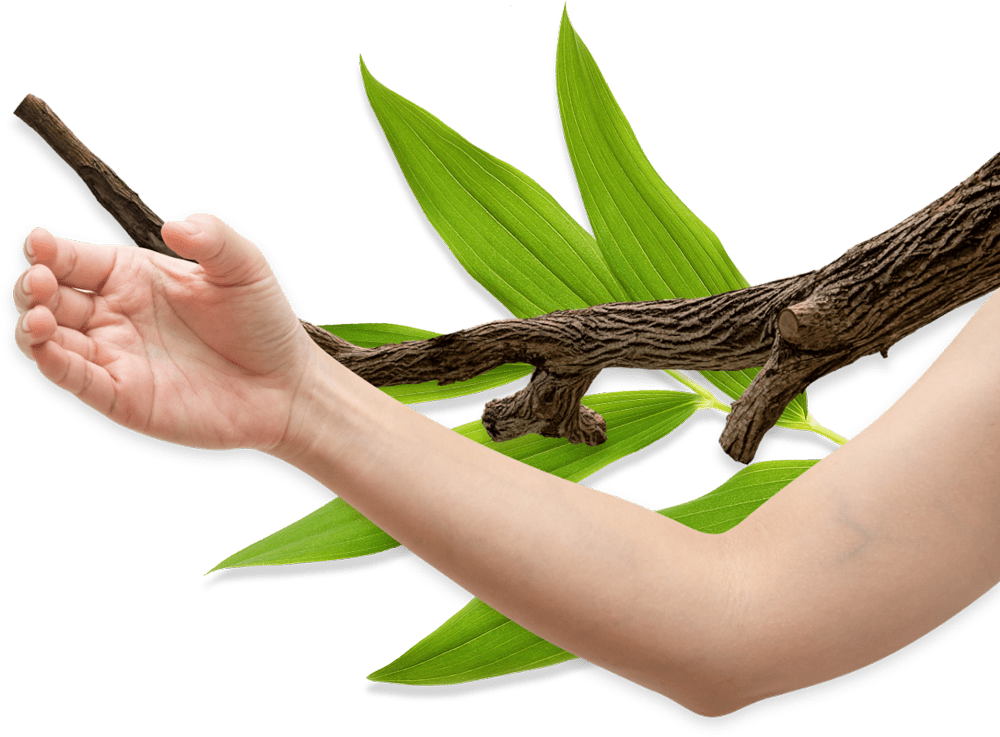
"Wood is an extraordinary material with a structure very similar to that of our bones; then again, nature designs materials with similar properties to carry out similar functions - in this case, supporting the weight of a body (which could be human or that of a plant) and transporting the necessary nutrients throughout that body.
Previously developed technologies, including 3D printing, are not able to produce structures with such a high degree of structural hierarchy, and therefore don't allow us to optimise the mechanical and fluid transportation properties in materials with chemical characteristics similar to bones.
Among the diverse species of trees that we explored, we identified RATTAN, which, to the scanning electron microscope, shows a structure that overlaps with the osteonic structure of human bones at all levels of scale, from nano to macro.
This structure is responsible for the fantastic biomechanical properties of bone tissue, and also permits the development of the blood vessels that guarantee nourishment and oxygenation for the tissue, as is also the case with the sap in trees."
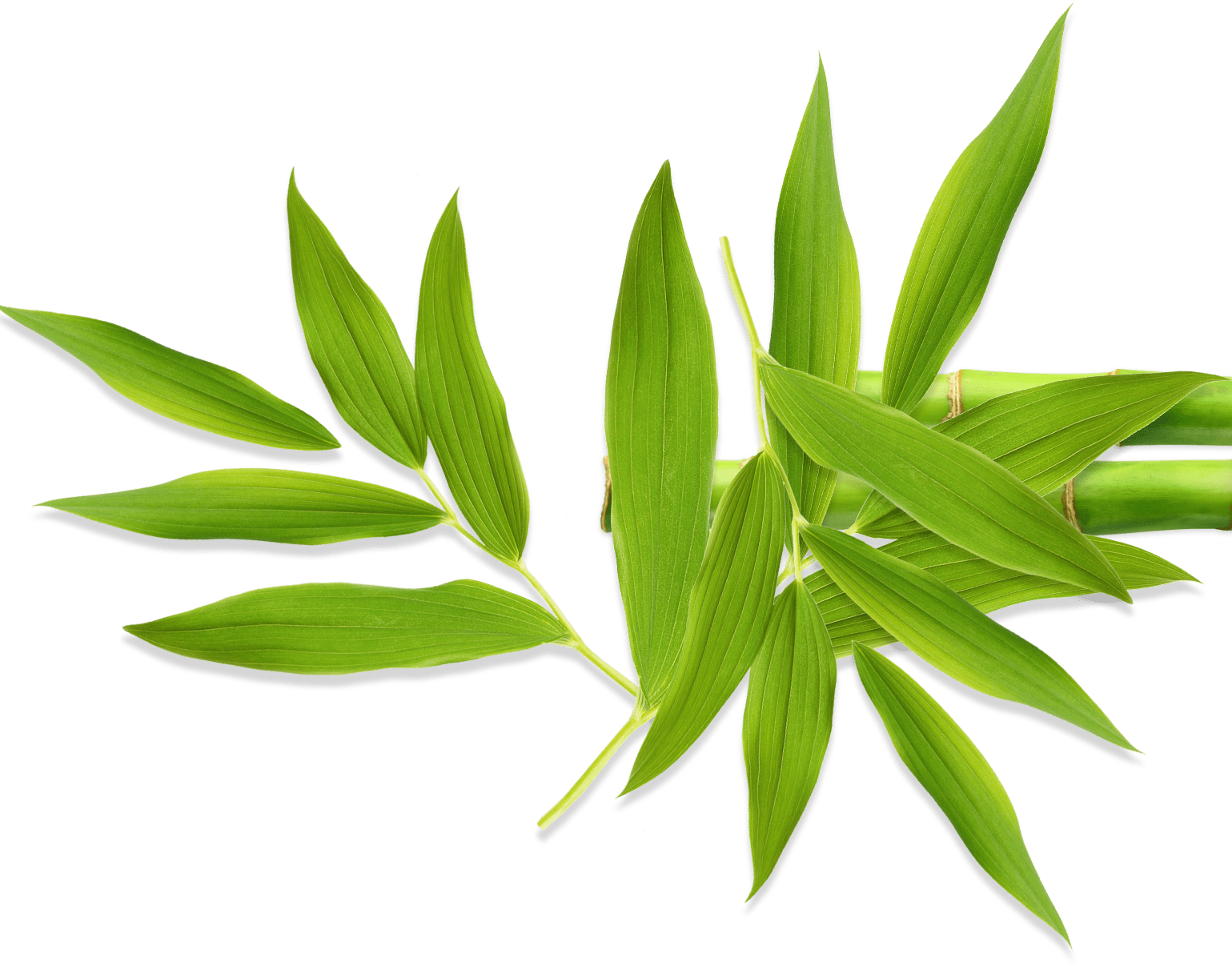
"This approach can without a doubt be considered to be a choice that respects the concepts of sustainability, even though it was chosen for different reasons. Indeed, our goal was to create chemically bio-active implants that are able to communicate with human cells, and at the same time have a hierarchically organised structure that mimics that of natural bones, guaranteeing superior biomechanical properties and allowing us to regenerate long sections of load-bearing bones such as leg and arm bones.
I maintain that the great intuition we had was taking something that nature was already producing, and using it as a structure/template to be transformed through heterogeneous chemical reactions until it reaches the same chemical composition as our bones, without changing the complex 3D structure of the original wood.
Following the concepts of biomimetics that I mentioned before, the cells in our body can recognise the implant as tissue belonging to their kind, so they metabolise it and remodel it, creating a new bone that repairs the defect. Alongside this idea, what was fundamental was determination and consistency in transforming the idea into innovation, following the entire complex path of translation necessary for an invention to become a product."

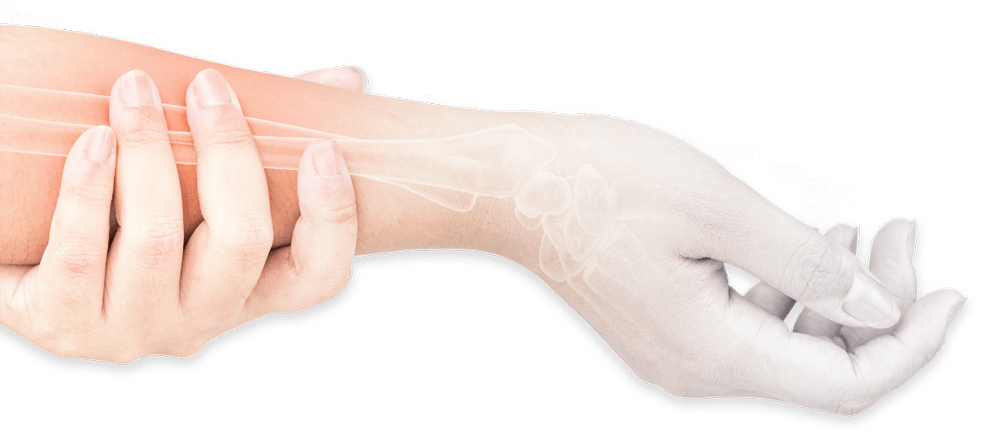
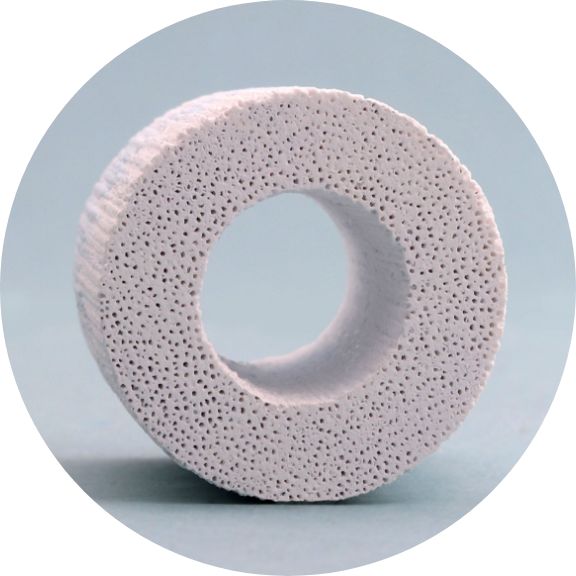
What artificial intelligence tools permitted the development of your technology?
Speaking of artificial intelligence, I am convinced that it is unlikely that the inventive, intuitive capacities of humans can be replaced by a machine for the creation of an idea that generates an invention, but combining artificial intelligence with the potential of the human mind can certainly make the innovation much more perfectible, and transform it more quickly into a product.
The efficiency of artificial intelligence in integrating and processing enormous amounts of information and data allows us to engage with a much larger amount of available experimental data and leads us more quickly towards the optimal, most competitive choices at a global level.

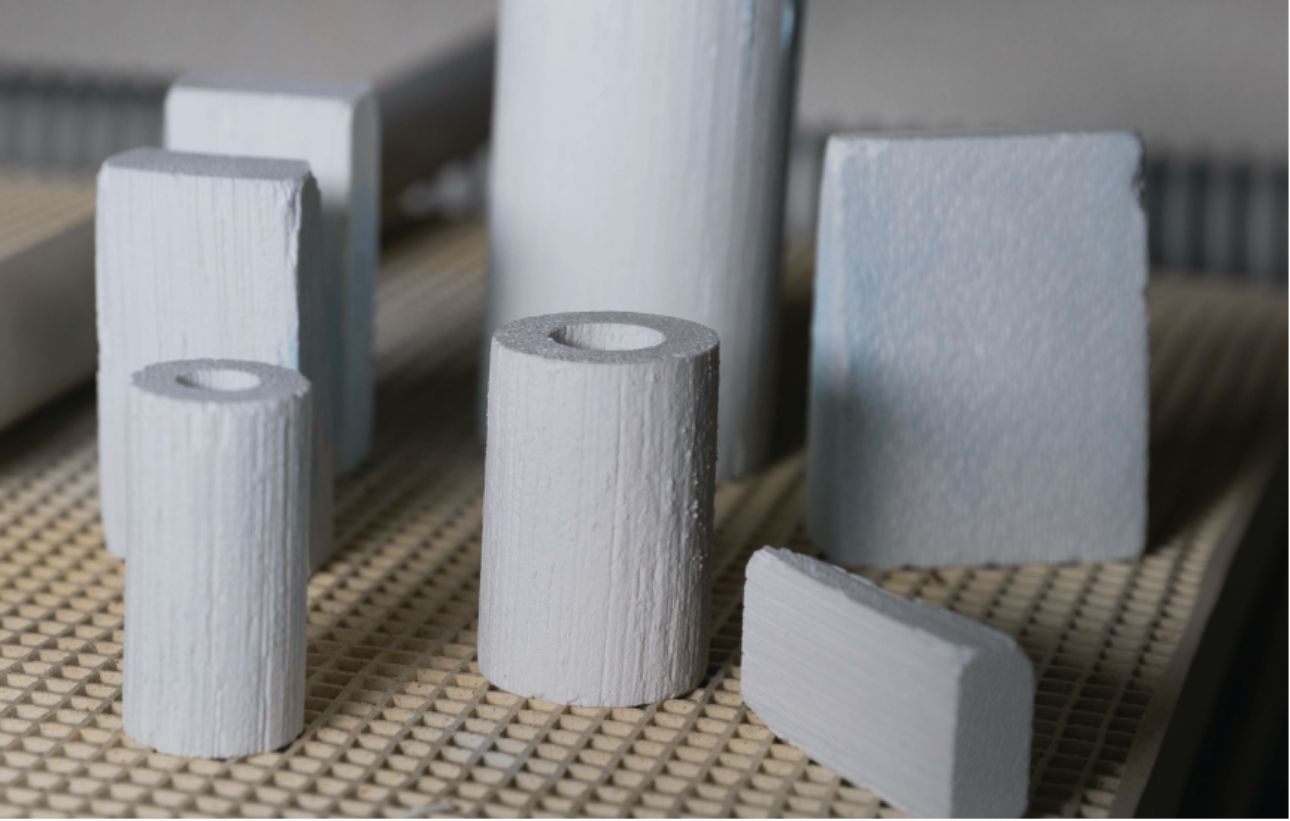


In your opinion, what symbolic meaning does your discovery have if we think about being able to connect more and more with nature as living organisms? What regeneration of cultural perspectives does it entail?
"I think that nature should undoubtedly be our starting point, and it is our task to look humbly at what nature, this "marvellous engineer", is able to do, since it has managed to optimise technologies and products through the ages with properties and intelligent functions that we still cannot achieve with our artificial products."
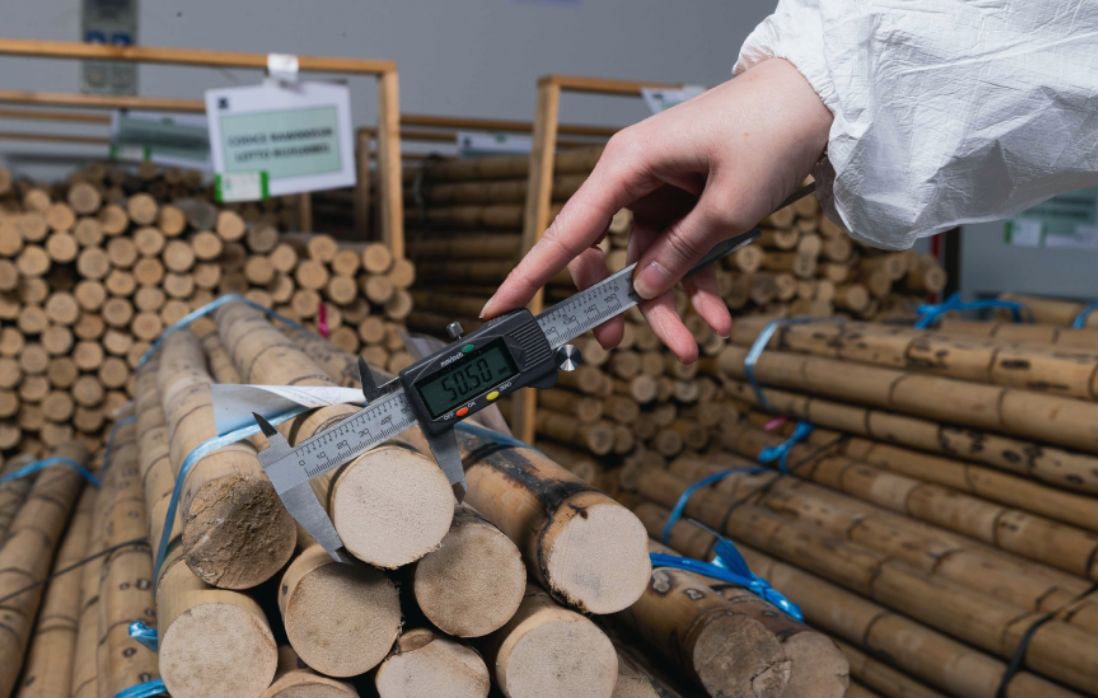
What contribution do you think artificial intelligence combined with nature can offer to the health of new generations in the medical-scientific field, and what might eventually be its limits?
"New generations will be able to aim for very much superior, more precise goals in much shorter time frames, if they know how to combine the experience we inherit from nature with the efficiency and increased processing capacities of artificial intelligence, which can interact with multiple databases in the external world and perform problem solving in all areas of knowledge.
Much of what scientists are searching for has already been invented by nature, but it happens that nature has used it in a different application from that of the problem the researcher is exploring a solution for, so another very important point is to develop the capacity to transfer ideas and technologies into completely different contexts - this is a task that is ideal for artificial intelligence, and this is the great power that today's scientists hold."

The voice detects health. VoiceWise uses AI for diagnosis, remote monitoring, wellness. The challenges? Acceptance, integration and accessibility.
The fusion of the real world and the virtual world, with NFTs, offers new opportunities for digital artists. Web3 and sustainability broker choices between physical and digital.
